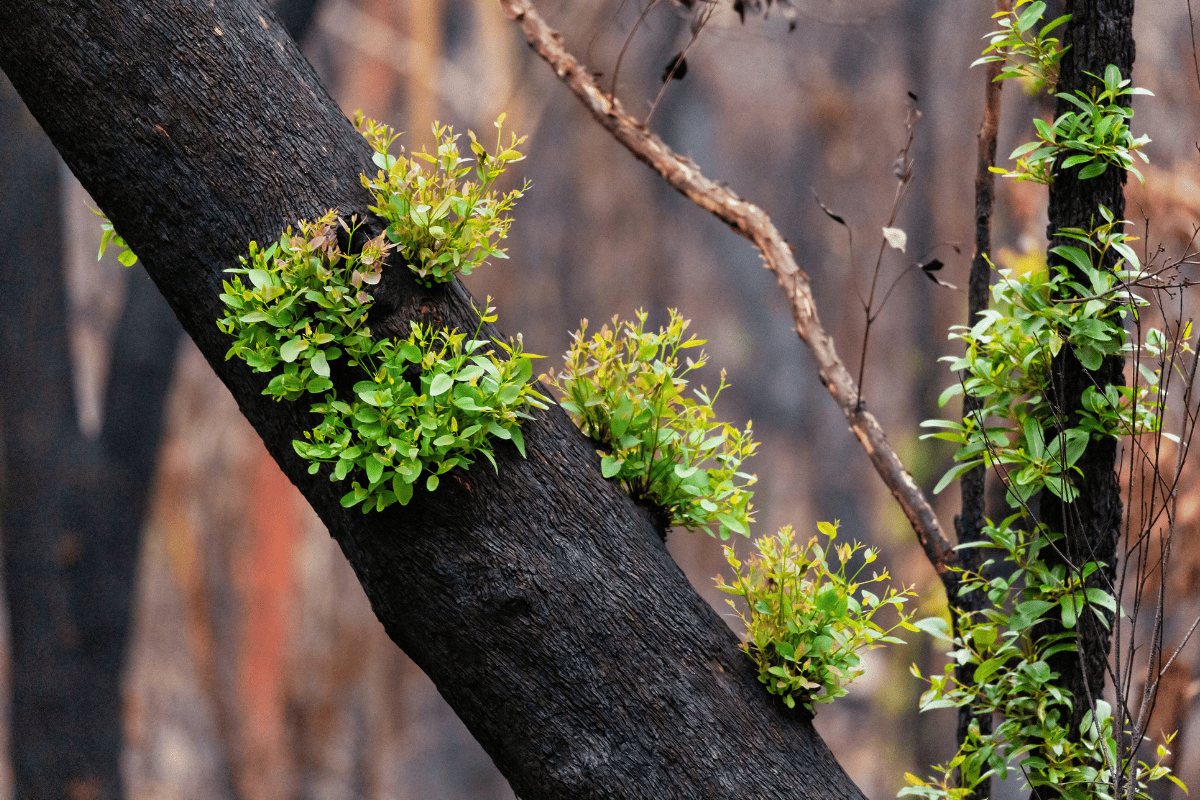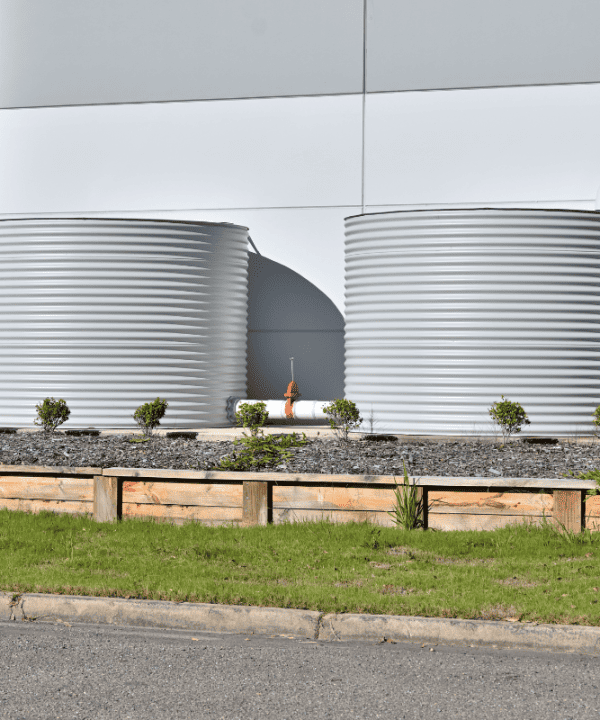
PROJECT DETAILS
- Project No 4987
- Project Name Microbial community changes in post fire ecosystems and its relation to soil carbon cycle and climate change
- Lead Organisation RMIT University | ARC Training Centre for Transformation of Australia’s Biosolids Resource
- Research Lead Griffith University
- Main Researcher Parisa Zarparvar
- Completion Year 2027
Project Description
With Australia’s annual average temperatures increasing, evidence shows that a warming-induced increase in carbon dioxide (CO2) released from soils leads to a rise in the concentration of CO2 in the atmosphere. This amplifies greenhouse gas effects, accelerating warming at a global scale. While the loss of human lives and homes are well documented during a bushfire, the loss of soil microorganisms, with their crucial role in all aspects of life, have rarely been examined.
Temperature shifts and other environmental changes induce genomic evolution, providing bacteria with thermal-tolerant abilities to survive under high temperatures. Bacteria employ specific sensory biomolecules (DNA, RNA, or proteins) that can perceive temperature fluctuations and translate them into coordinated gene expression outputs. A shift in the community composition of soil microorganisms in response to warming and bushfire will likely have a substantial role in determining the temperature sensitivity of C cycling processes. How fire affects C cycling and microbial diversity of soil varies based on: vegetation, fire type, fire intensity and frequency, fuel load, and environmental conditions. Fire decreases the concentration of soil labile C and increases levels of complex, highly-aromatic C structures, which are mainly recalcitrant to degradation.
Changes in fire regime and warming as the potential interactive symptoms of climate change have been studied almost in isolation, and research on interactive impacts of fire and warming on soil CO2 fluxes and soil microbial communities have been conducted only using short-term fire experiments with a single fire event, but in this project samples will be used from the world’s longest-running fire frequency field experiment (established in 1969) in southeast Queensland.
This project is a collaboration between RMIT and Griffith universities. Physicochemical analysis will be conducted at Griffith University while molecular biology studies will be conducted at RMIT. Illumina MiSeq sequencing will be used to comprehensively survey the total microbial community associated with C-degrading dynamics and the key functional microbial players involved in C cycling. Bioinformatics of sequencing data will be performed according to methods by Hildebrand et al. (2014).
Expected outcomes:
- Developing an advanced understanding of fire-driven changes in soil physicochemical properties and soil stoichiometry (C: N: P ratios) and how they affect soil microbial community properties (biomass, composition and functionality, dead /alive/dormant ratio, and diversity).
- Measuring the impact of climate change and precipitation rate on shaping microbial community in post fire ecosystems.
- Identifying and isolating heat-resistant groups that can be used in restoring and cleaning burnt soils. In addition, identifying microbial groups capable of breaking down complex carbon compounds is also beneficial in the bioremediation of oil and petroleum-contaminated soils and mines.
- Enhancing the scientific bases for improving the accuracy of prediction of the terrestrial ecosystem-to-atmosphere C fluxes.





